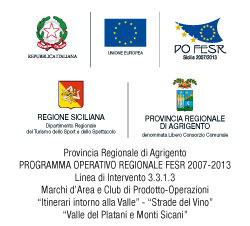> City

Montallegro
Small town, founded in 1574 under the Gioeni, was developing at the foot of Mount Cicaldo after leaving the original site located on steep hill. Nearby there are the Gorgo, small body of water today nature reserve and resting place for migratory birds en route to Africa.
Monuments to visitMonte Suso to visit the fascinating ruins of the Old Village, which is accessed through a path carved into the rock and, in the new country, as a matrix, the Mother Church, Santa Maria della Catena Not to be missed
The Pond EddySmall body of water today nature reserve an...
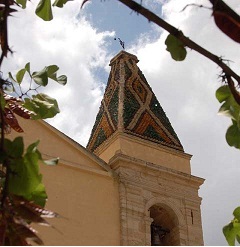
Villafranca Sicula
Villafranca Sicula, town situated on the hill of San Calogero at about 370 meters above sea level, is a thriving agricultural center of Agrigento is just over 60 km; its territory is included in the production area of the Orange of Ribera.The town was founded in 1499 by the noble family Alliatas from Pisa who had purchased the land in 1496 from the monastery of St. George of Triocala; it obtained the title of princes in 1609 and were feudal lords until 1812. The valley was inhabited by the Sicani, pushed in the central-west of the island by the Sicilians, warlike people f...
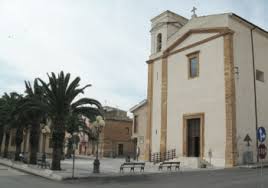
Calamonici
A 55 Km from Agrigento, on the hills between the low river valleys Magazzolo and Vegetables is Calamonaci, a small town founded in the seventeenth century by Antonio Termini Feneri on a medieval site already exists. The name Calamonaci derives from Kal-at-Munach which means "house of rest" as it once was a station stop where change horses of stagecoaches.
Monuments to visit
To visit the Mother Church, the center of the country, in the public square, dedicated to St. Vincent Ferrer
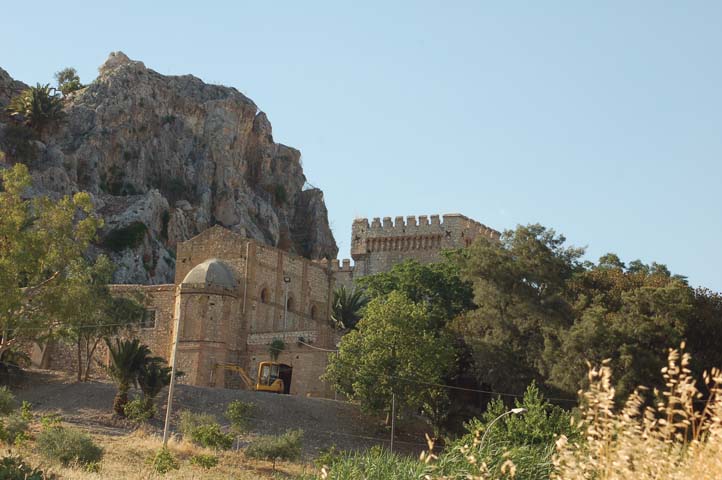
Joppolo Giancaxio
Ioppolo Jancaxio was the first town founded in the upper valley dell'Akragas. It was a feud with the noble title of Barony Calogero Gabriele Colonna Romano who in 1696 in the territory of Giancascio and Regalturco, with privilege of jus populandi did raise the first buildings of the village which he named in honor of his wife Rosalia Ioppolo Ioppolo the Dukes of Cesaro and Giancascio because it was built in the estate of that name. The small farming town with its territory was under the jurisdiction of the Colonna family first with barony and then duchy until 1812, when the Sicilian...
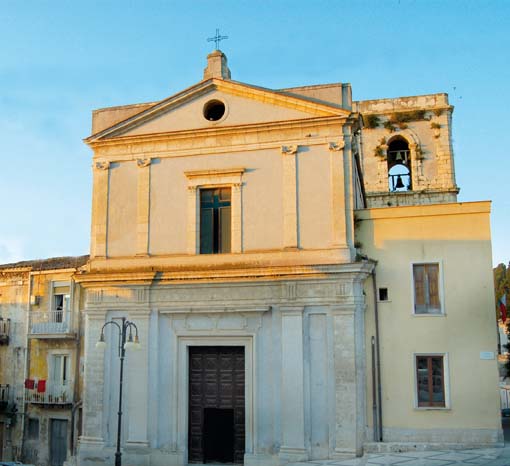
Grotte
Its territory was built, it is believed, the splendid ancient Greek city of Erbesso (Sec. VII BC). Erbesso the name it seems to derive from the greek "Erebos" meaning "darkness underground," or from "Here-bos", the caves of oxen. In medieval times it belonged to the Ventimiglia, the Montaperto, and the beginning of XVIII century, the La Grua Talamanca. The caves in the area are numerous, even within the territory. The urban structure is still that typically medieval, though in the nineteenth century have been established to carry out the demolitions along the main street, Corso Garib...
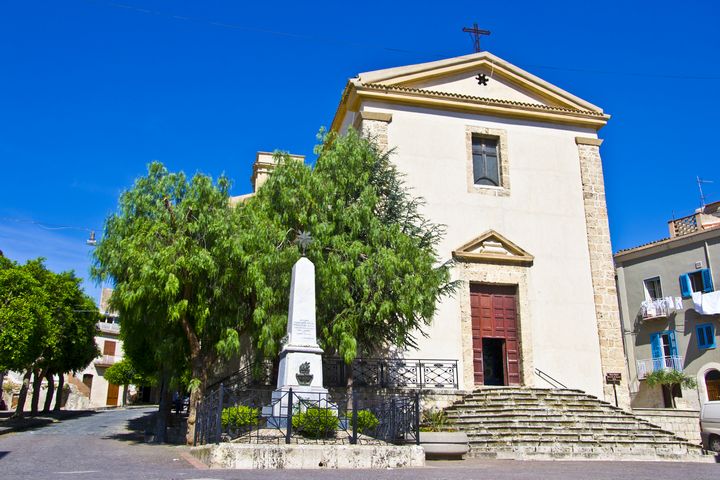
Castrofilippo
The ancestors of the present inhabitants of Castrofilippo were prehistoric people, Greek and Roman who lived, at various times, places located around what is today the site of the town. Subsequently, another major ethnic group is part of bullying, as well as for other countries and cities of Sicily, in the history of Castrofilippo; it is the Arabs. Arab rule lasted for almost two centuries until 1086 with the advance of the Normans. Stefano Monreale, important exponent of a family of French origin, in 1584, obtained the license to "congregar people", founded Castrofilippo, dedi...
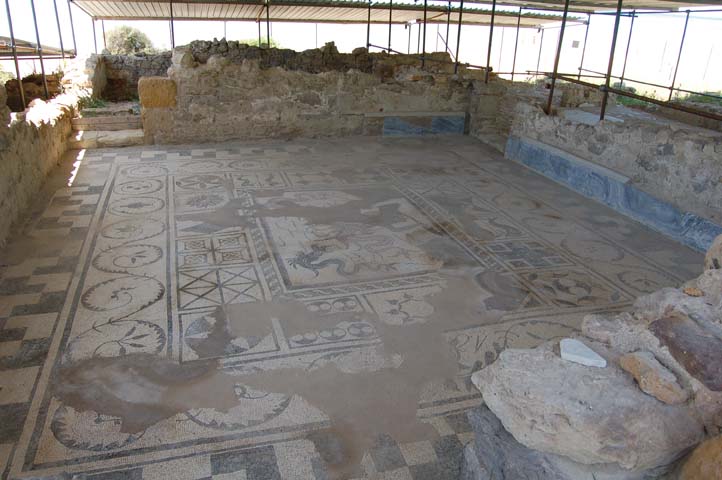
Realmonte
Small town not far from the coast. The town, founded in the late seventeenth century, the fief belonged to the Dukes of Castrofilippo.
Monuments to visit
Monument of importance that can be admired in the historic center is the Mother Church, dedicated to San Domenico.
Not to be missed
Archaeological itinerary
The archaeological ruins of the Roman Villa of "Durrueli" and the beautiful Tower of Monterosso.
Nature trail - the scale of the Turks and the beaches of Lido Rossello and Le Pergole
After visiting the arc...
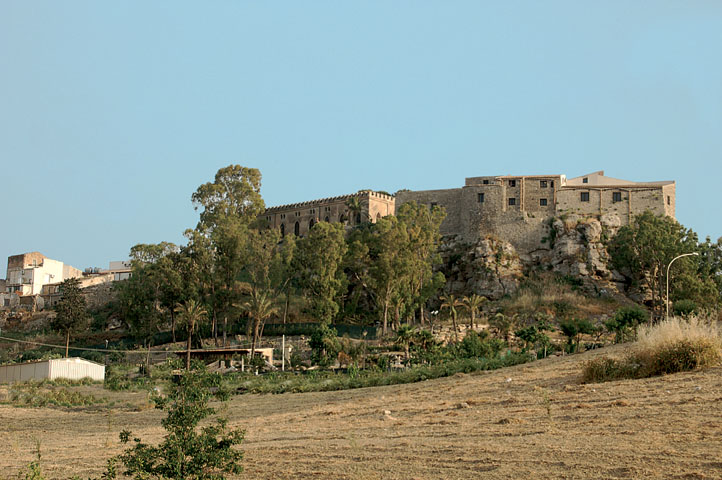
Siculiana
About 20 km west of Agrigento, on a hill it stands Siculiana, a small town (in the early fourteenth century) which developed thanks to the efforts of the noble Gilberto Isfar and Corelles, at the foot of an ancient Arab castle (Qal'at- Sugul), which it had been rebuilt by Federico Chiaramonte, baron of Siculiana. According to some scholars the name Siculiana would have two possible origins: a Roman Siculi Janua (Gate of Sicily), the other Arab Suq-al-Jani (Market of John).
Monuments to visit
The imposing Castello Chiaramonte built on the end of the rocky crust domin...

